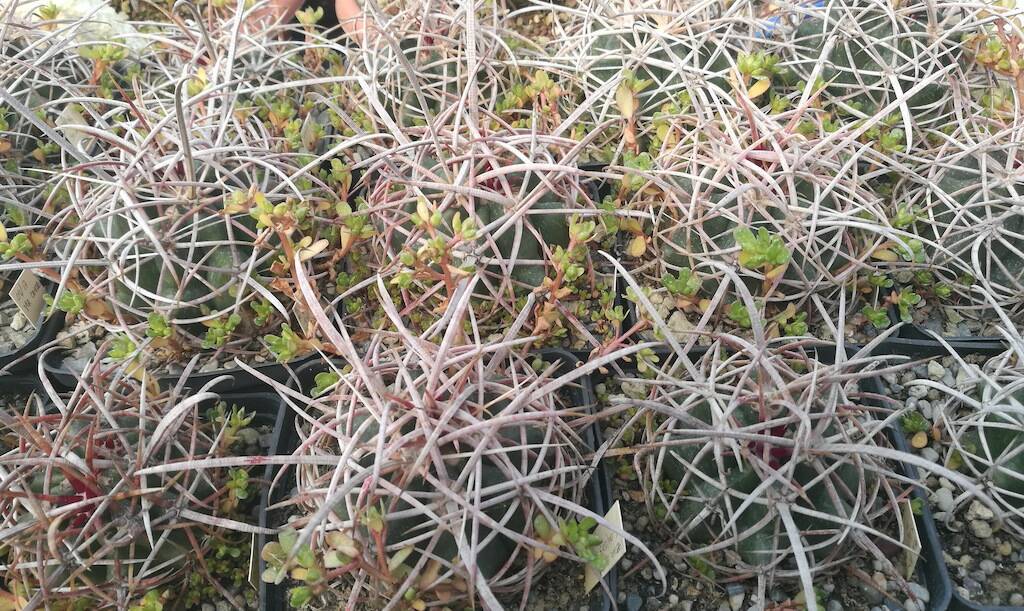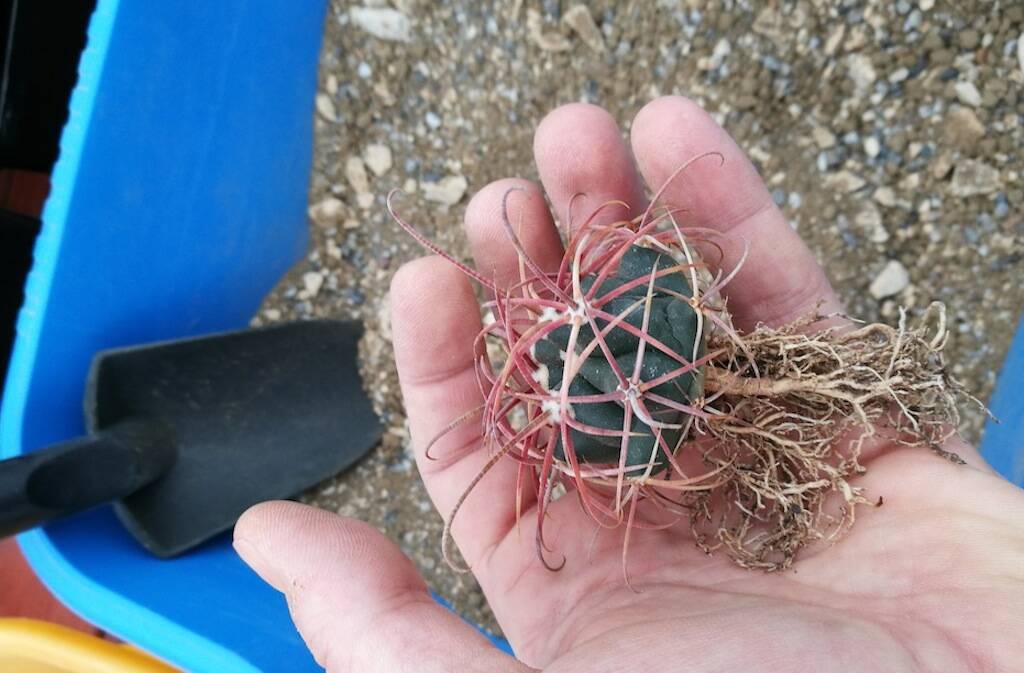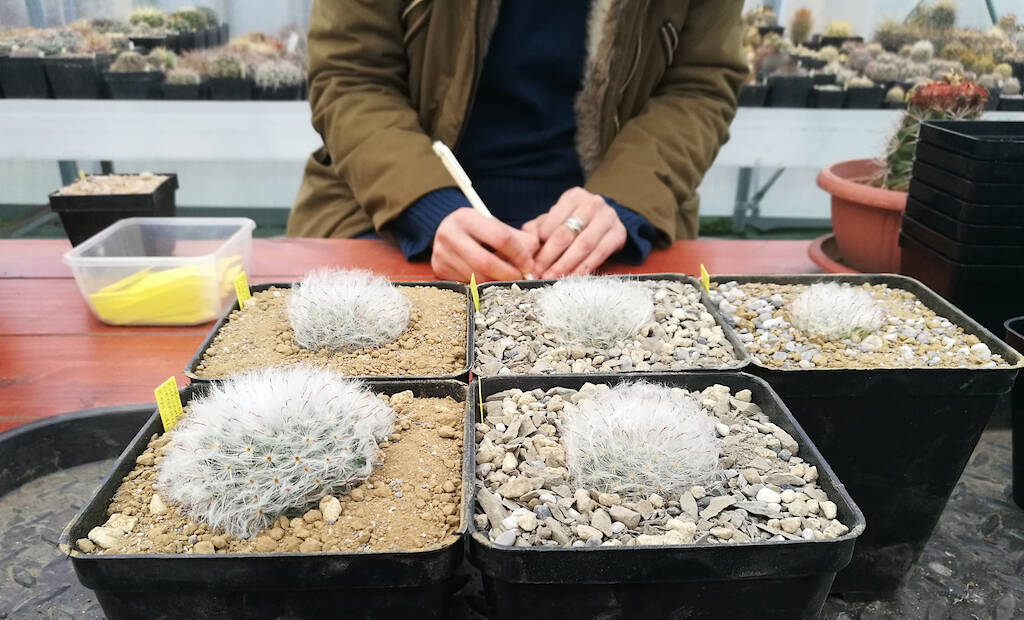Temperatures are still above the seasonal averages, but summer has faded and autumn is on its way. Like every year, at the end of September I started preparing my greenhouse for the cold months. Nothing major, just some cleaning work, moving plants from outside to inside, a check on the heating system and two coats of copper oxychloride on plants a preventive measure. The plants themselves will do the rest, dehydrating following the suspension of watering from mid-September (from now on I will water just a few leafy succulents and, sporadically, Copiapoa and Eriosyce until the end of October) and starting to produce their natural “antifreeze” within the plant tissue of stems.
This is a good time to check the state of health of the plants and, in my case, to “draw some sums” on the results of the Spartan cultivation to which I subjected several specimens, as I explain in the following article. (…)
Per proseguire nella lettura dell'articolo Accedi o Abbonati
To continue reading the article LogIn or Subscribe





